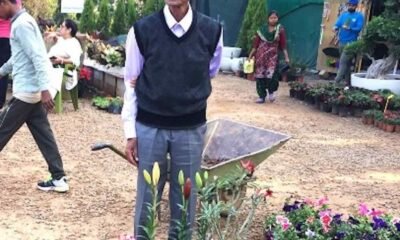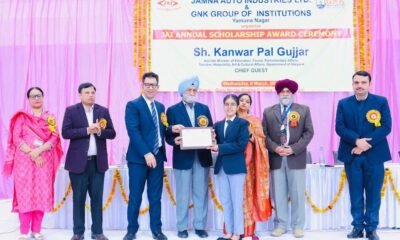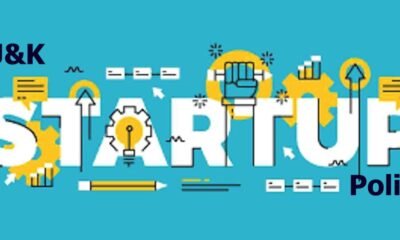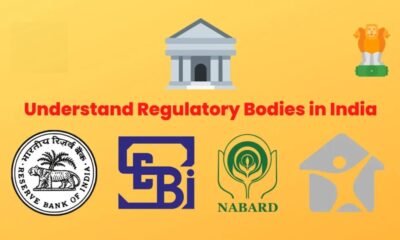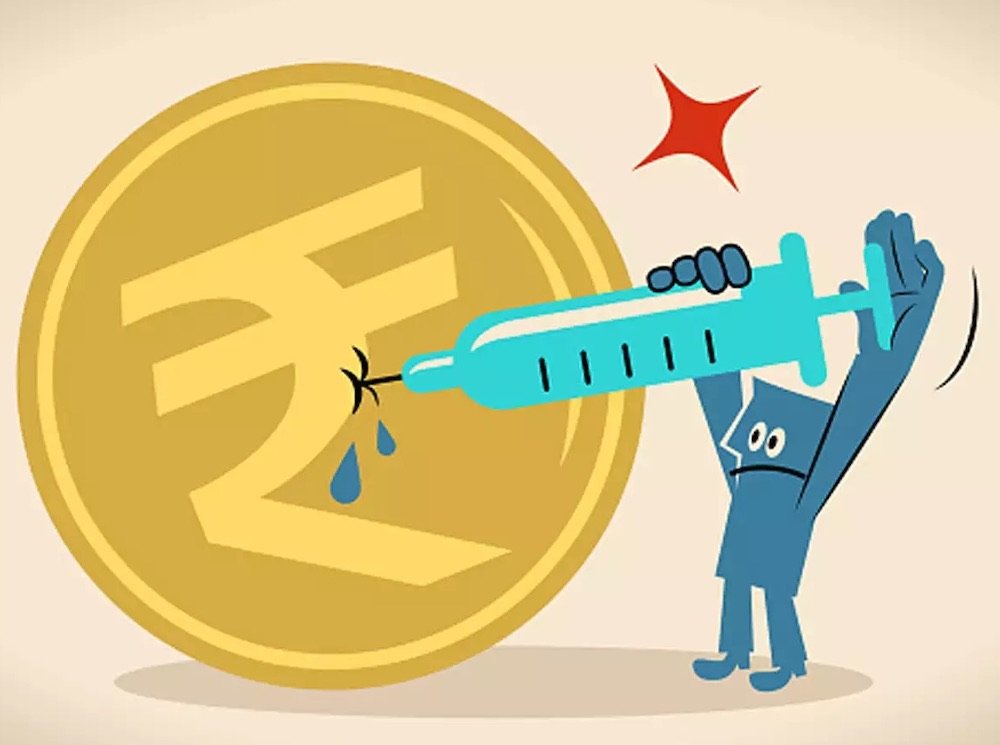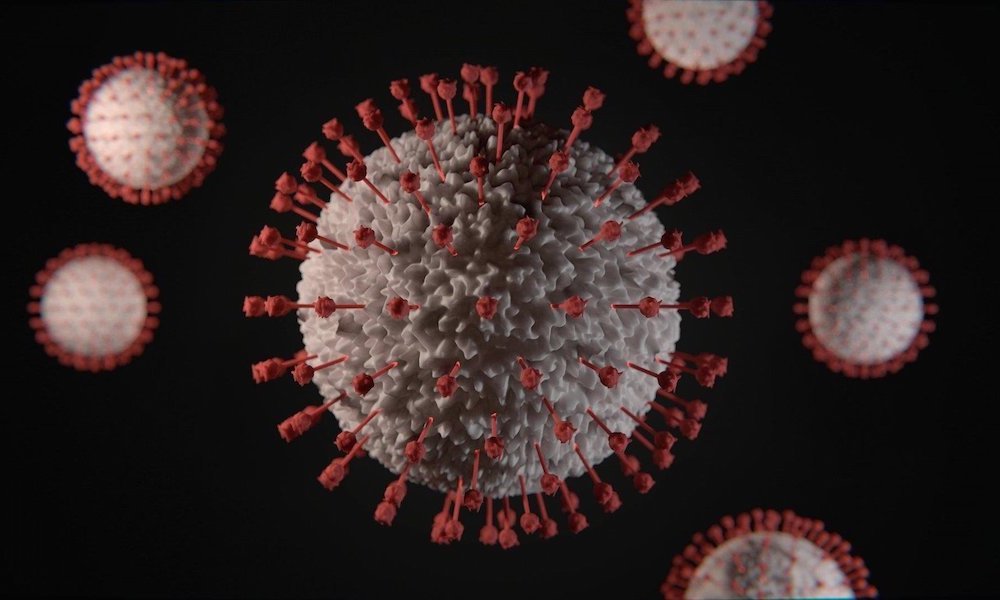BK News
Srinagar, Aug 28: A two-member Central Team of Experts comprising of NITI Aayog Member (Health), Dr V.K. Paul and National Centre for Disease Control (NCDC) Chief, Dr S.K. Singh, on its visit to Kashmir, to take stock of the overall COVID situation in the Valley, today called on the Lieutenant Governor, Manoj Sinha here at the Raj Bhavan.
The meeting was also attended by Sh. Rajeev Rai Bhatnagar, Advisor to the Lieutenant Governor; Sh. BVR Subrahmanyam Chief Secretary; Sh. Atal Dulloo, Financial Commissioner, Health & Medical Education, and Sh. Bhupinder Kumar, Mission Director, NHM J&K.
The two-member team held a detailed review of the situation emerging in the valley due to COVID Pandemic with all the District teams and Tertiary care Hospitals.
While briefing the Lt Governor about the on-ground assessment of the situation made by them, the members of the team lauded the UT Government’s COVID containment and mitigation measures in place and suggested supplementary measures to further augment the same. They appreciated the J&K Government’s testing strategy, mandatory traveller screening, and Homecare model for positive asymptomatic patients. Testing strategy across the J&K is aggressive and robust and it has helped in containing the spread of the disease in the UT, they added.
In view of the impending winter season and sudden spike of positive cases in some districts of J&K, the team suggested a host of immediate measures including establishing 24×7 COVID Counseling Call Centres at Divisional levels with technical team; strengthening the Contact tracing mechanism with all contacts to be home quarantine until they test negative; Micro containment plan in cities with 100 % testing of all inhabitants with strict perimeter control; to strengthen the Referral system from peripheral hospitals to Tertiary care hospitals; involvement of PRI in rural areas for COVID control efforts; continuing the high testing trend and build on same and increasing High flow nasal cannula ( HFNC) inventory and keeping sufficient stock in stores.
The Lt Governor observed that all the important suggestions and recommendations made by the Central team will play an important role in the comprehensive and effective management of the COVID-19 situation in J&K.
The Lt Governor called for heightened awareness to keep the infection low and immediate capacity augmentation, besides utilization of every available resource to arrest the mortality rate.
He asked the health functionaries to formulate comprehensive future management and containment strategy of COVID-19 pandemic in J&K. He stressed on carrying out intensive surveillance and testing, particularly in Red zones, and inviting renewed participation of PRIs, religious leaders and other distinguished personalities to spread awareness.
He called for sustained efforts from all the stakeholders for effectively combating the spread of COVID-19. Strict compliance of all healthcare protocols and SOPs notified by the Central and the UT Government must be ensured to mitigate the threat of the deadly virus, he maintained.
The Lt Governor laid special emphasis on ensuring 100% coverage of Aarogya Setu app and asked for its integration with ITIHAS system, to improve contact tracing and surveillance of positive cases and its geo-mapping must be done to predict hotspots.
He also directed for putting in place a robust mechanism and taking all requisite measures to ensure the safety of frontline COVID warriors including Doctors, paramedics, medical professionals and Security forces who are also at the high risk of catching the infection.
The team acknowledged that J&K has a vigorous 03 dimensional COVID containment strategy that is primary preventive, containment, and surveillance to arrest spread and management for reducing the mortality rate, which is playing an important role in effectively dealing with the COVID pandemic.
Various valuable suggestions were made during the meeting including setting up 24×7 Tele Medicine / e-Support Centres for providing support of senior Doctors, Clinicians and Community Medicine Professionals to the frontline medical professional working on ground; a similar, e-support system of medical professionals and psychologists for home care patients to avoid any mental and psychological fatigue to overcome the disease; improving the Ambulance response time for its immediate availability in rural and urban areas.
Suggestions were also made for providing continuous support to Districts teams from Medical Professionals such as Medical College Clinicians and Community Medicine Professionals for their handholding and better scientific management of COVID-19 situation in the districts.
The team also suggested for evolving scientific learning community, wherein each Medical College including SKIMS can provide necessary scientific handholding to a minimum of three districts with a constant flow of scientific information that would also prove to be helpful in mortality management.
For rural areas, suggestions were made for devising an institutionalized mechanism like Village Monitoring Committees including PRIs, Anganwadi workers and others for tracking incoming travellers and positives cases. Strengthening of IEC measures and revamping ICUs and utilization of the available resources to their full capacity was also suggested.

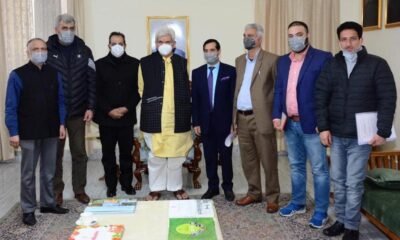

 Industry4 years ago
Industry4 years ago
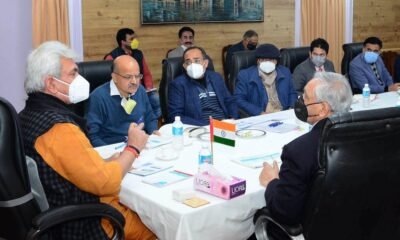

 Energy4 years ago
Energy4 years ago
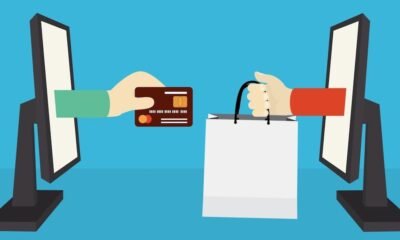

 Economy2 years ago
Economy2 years ago
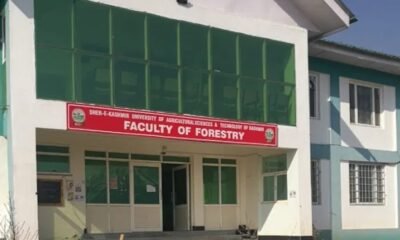

 Infra4 years ago
Infra4 years ago
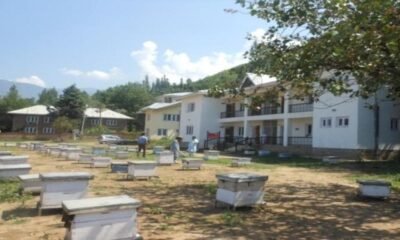

 AgriBiz4 years ago
AgriBiz4 years ago
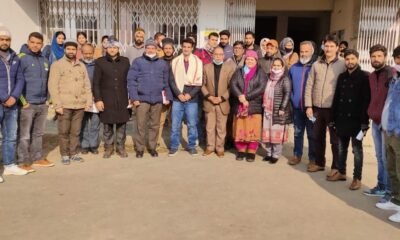

 Careers4 years ago
Careers4 years ago
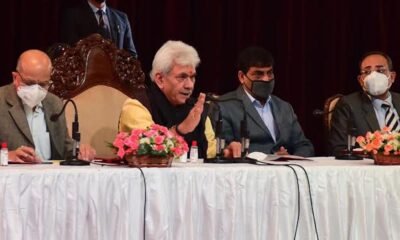

 Economy4 years ago
Economy4 years ago
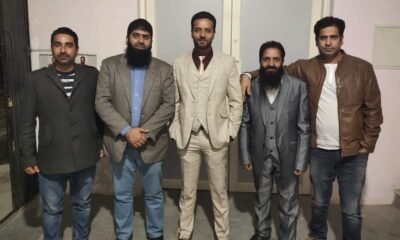

 Industry4 years ago
Industry4 years ago



